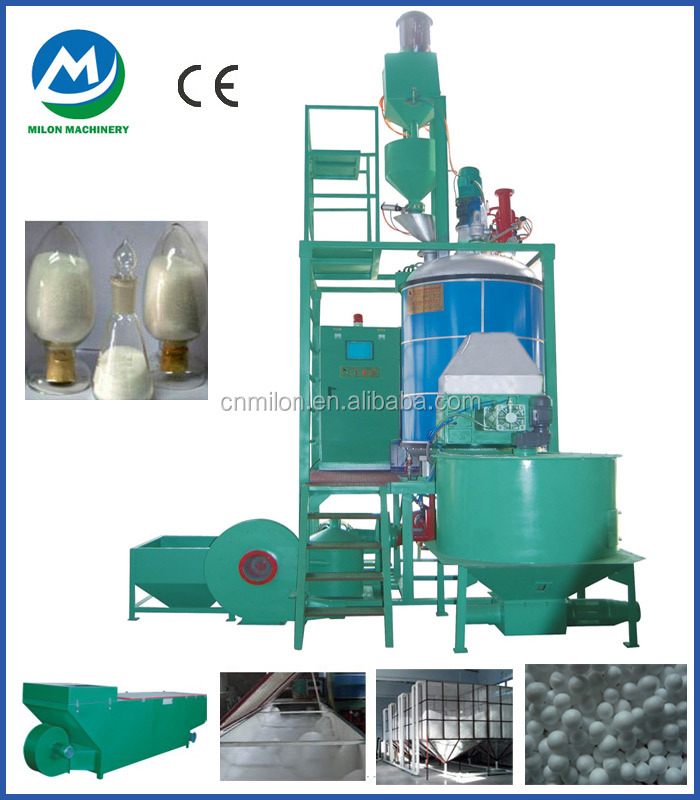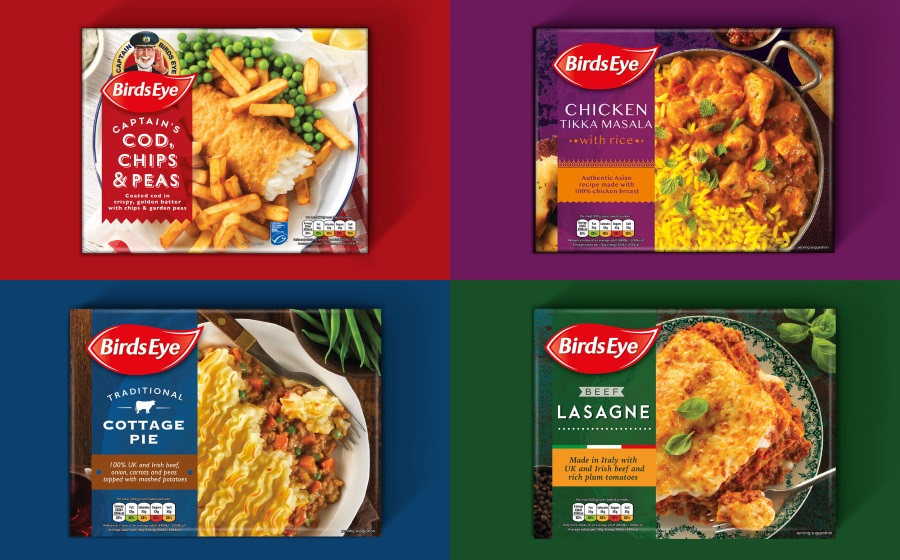When fires ripped through California, did commercial packaging help save an industry?
It’s written in a different, less accurate, but still right, manner: California is the most populous of the fifty states, despite being the eighth largest. In some ways, it is North America’s most ethnically diverse subnational region, while in others, it is the world’s 34th most populous country. According to this projection, the total amount of tax revenue and expenditures in 2019 will be $3.2 trillion more than the previous year, making it the world’s third-largest budget. If existing policies are maintained, the country will be the world’s 37th most populated country and fifth largest economy measured in 2019.
Wildfires raged throughout the state after a devastating fire broke out on October 1st in the wine country of Napa and Sonoma counties. By October 7, the land had been damaged to the tune of more than 67 acres, with almost 200 homes reduced to ruins. There have been a number of recent wildfires in the region, which have provided a significant source of income for farmers.
Some wine growers refused to abandon their land because the risk was too high, so they used chainsaws and dynamite instead of handtools to save their wine tanks and other precious equipment, despite being forced to evacuate. In reality, they were only assisted by one crucial collaborator. Napa’s landscape is prone to burning, but it is peppered with natural firebreaks, such as rows of grapevines: While living plants have a propensity to slow the spread of fire, they can also assist structures in preventing fire spread. Vines, for example, have traditionally proved to be water-retaining structures. Chris Howell, winemaker of Cain Vine, has aptly paraphrased that wildfires usually kill the undergrowth and natural grass. This new information, on the other hand, shows that the vines themselves do not catch fire. The blaze that swept through the Napa Valley wine-growing area had spread a lot, but it was still relatively contained when the Fire Department came to a full stop after-expansion two days later that week, apparently due to chance and fate rather than well-intentioned men trying to save their valuable assets. We were just getting started with the more challenging challenges.
The State and the entire country is growing rapidly, and infrastructure that allows commerce to step up from the ground and into the cloud – cyber purchases, or e-commerce, and the packaging that can keep products safe in transit are what will lift this nation.
Best Glass in Class
Having a variety of glass containers at your disposal allows you to have a wide range of choices. You may choose from a variety of glass bowls, vials, and jar containers (or a combination of them). This contributes to the versatility of our glass containers. They’re high-quality and come in a variety of colors, shapes, and sizes.
Hazmat Packaging
While there are several different types of HazMat packaging, they all tend to fall into one of two categories: bulk or non-bulk. The aim of this article is to provide a thorough and accurate description and clarification of both bulk and non-packaged shipping as it relates to the Pipeline and Hazard Materials Administration’s Hazard Materials Regulations (USDOT/MSA).”

Protection, presentation, execution, and quality experience are some of the components. Mechanical shock, mechanical acceleration, and mechanical movement that can damage the object(s) used in the kit are examples of protective kits. A discharge from an antenna is used to prevent or limit an extension of the flow of gas (or liquid) to more than one sufficient flow of gas (or liquid).
Packets of food or other products may also be altered under low pressure or under controlled pressure. One of the most important aspects of keeping the contents clean, safe, sterile, and stable is to insure that they remain so for the duration of the projected shelf life. The approach also guarantees the isolation of products prior to end use, such as glues, paints, manufacturing fluids, sanitary wastewater, and any other case in which two distinct materials must be separated from one another.
Grouped Storage
Smaller goods are most likely to be grouped for retail storage and sale; however, exceptions to this practise are rare due to a process known as agglomeration. e. A single box of 1000 marbles can fit inside a box with a thousand marbles’ worth of space, or 1000 marbles can fit in that number.

Expanders are grains that resemble small granular compounds in appearance.
A service [Information] instructs consumers on how to transport or manage a product or order, as well as how to recycle or dispose of packages. In the pharmaceutical food industry, such details are required by regulation depending on the use of chemicals. While various packages are used for monitor and trace, others are often used for marketing. Many products have serial numbers on the packaging, and some, such as food and drugs, may have an expiration date. Where it comes to packaging, marks may be used to indicate the kind of construction material used.
According to estimates, California is the source of all commercial packaging used in the United States.
They would carry an infinite amount of money to bear, regardless of where they are in the world or only in California.
By 1921, more than 80 percent of the world’s film industry was concentrated in LA. (en.wikipedia.org)
It’s also safer to buy industrial supplies in bulk rather than individually, because if you need packing tape or bubble wrap, you can find anything you need from California facilities.

The packaging industry produced about 2% of the country’s GDP, with the majority of the country’s economic production going to other industries.
By 2050, the world’s population is projected to reach 9.7 billion people and calls for the production of 70 percent more food than growers currently produce. (westernpackaging.com)
There is no denying that California is a valuable destination
Due to the fact that it is the country’s oldest and most valuable filming location. Southern California’s car-centered culture is close to that of other parts of the world in that it began in the 1960s and 1970s with the establishment of modern and historic beach resorts.
Home production on a small scale Cybersecurity awareness and appraisal are important for risk control. Manufacturers will account for more than a third of all injuries caused by cyber attacks by the end of the second quarter, resulting in hundreds of millions of dollars in cumulative damages by the end of the year.
California’s accounting, corporate, financial, and legal industries, as well as the accounting, business, financial, and economic, and utility markets, employ a large portion of the state’s 58 million residents. While the service, banking, and administrative industries play a smaller part, education-wise, roughly half of the population is working in the medical, consulting, and finance sectors to a lesser extent, which constitutes a California native employment component. The state’s territorial borders can be extended from Colorado to the Pacific Ocean to the Cascade Mountains, and from Silver State to the Silver Peaks, due to the dramatic landscape to the west.

Not-for-profit organizations registering for years before 2003-2004 must pay the fee appropriate to the SBA size category (small or not-small) according to the SBA size standard established for the NAICS code of its primary business activity. (phmsa.dot.gov)
Packagers include those that bundle supplies for shipping and storage, as well as those who enclose items for shipment. 4 risperidone tablets (aka Risperdal Tablets, which were packaged in a folding cartonboard) and 1 ml of solution are included in each 1 ml dose blister box. The practise of labelling, packing, distributing, and using goods for shipment, storage, and use is known as packaging research. The three major areas of packaging can be thought of as the design, assessment, and manufacturing processes. Picking up goods, warehousing, logistics, and delivery are all part of the distribution process, as are on-the-shelf or off-the-shelf preparations and logistics. Protecting, storing, conveying, and shipping are also part of the packing operation.
SlingShot Lids
Sana Slingshot lids work with jars of 2 oz, 3 oz, and 4 oz, as well as half-pint sizes, and there is no safer option than 100 percent recycled ocean plastics.
California is the most water-intensive state in North America in terms of total water consumption and water use per capita. C-4 runs through the state of Oregon from north to south, while Arizona and the southernmost portion of the US territory are located at the state boundary. On the south, it is bordered by Arizona and Nevada; on the north, it is bordered by the western edge of California; and on the south-west, it is bordered by the tip of Baja California. Most people think of California as having Mediterranean climates, although there is some debate over whether it actually does get wet and humid during the monsoon season. The terrain ranges by latitude and altitude in both highlands and lowlands, resulting in different temperatures in different areas.




